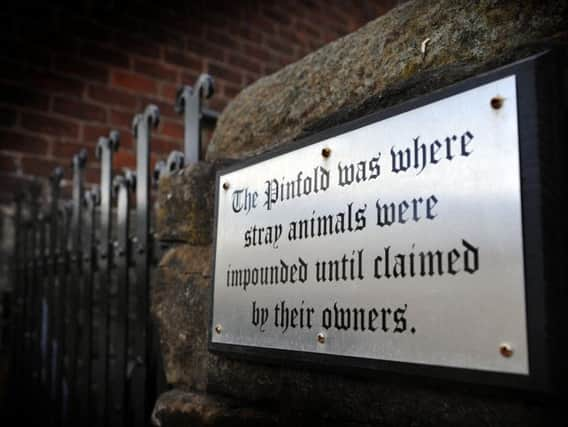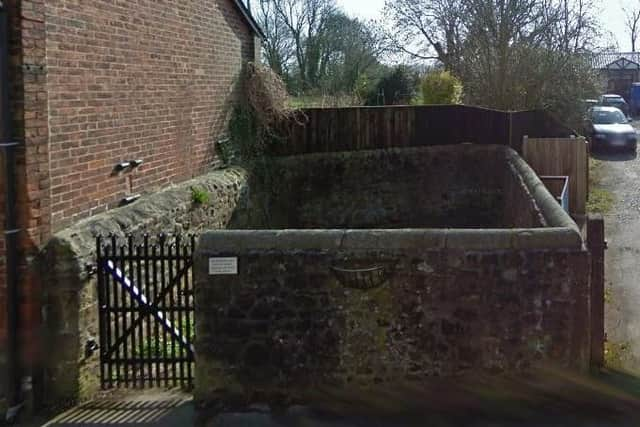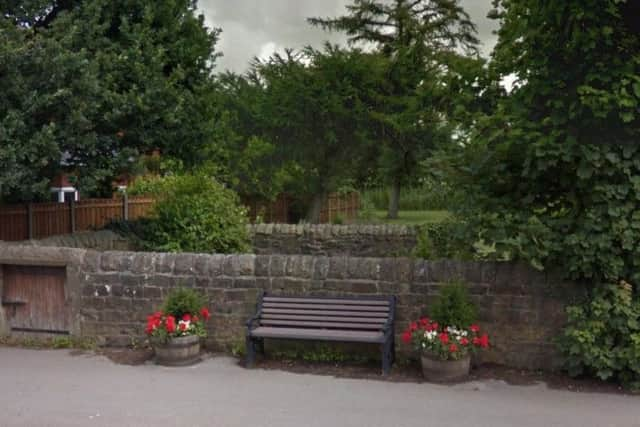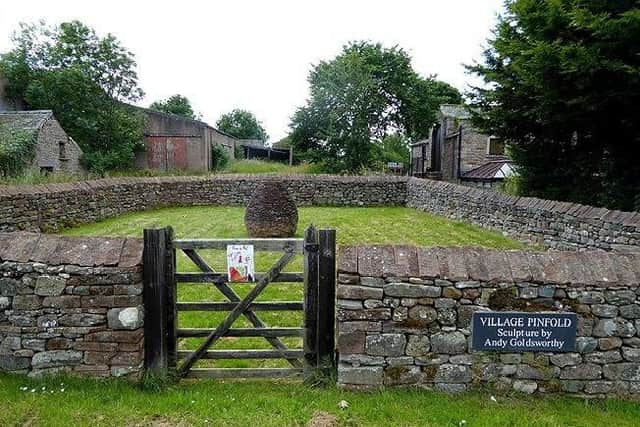Lancashire's strangest listed buildings


Thousands drive past the Broughton pinfold every day on their commute to and from work and are completely unaware of its significance, or even what it is.
The word ‘pinfold’ is of Saxon origin from ‘pundfald’ meaning ‘an enclosure’ and dates back to medieval times, and by the end of the 16th century almost every small village across the country would have one.
Advertisement
Hide AdAdvertisement
Hide AdPinfold was used across the North, North West and East of the country, whereas the word ‘pound’ was more often used in the Midlands, South, and South West.


The small, stonewall pens were built to house animals found straying from their owner’s land or grazing somewhere without the necessary rights.
For animals to be released from their temporary enclosure and returned to their owners, a fee would have to be paid to the pinder, the person responsible for the pinfolds and an officer for the Lord of the Manor.
Breaking into a pinfold to release the animals was an offence punishable by a fine as well as, on occasion, imprisonment.
Advertisement
Hide AdAdvertisement
Hide AdSometimes for a small fee, they would be used by animal owners to keep them in for a few hours or overnight while they were on their way to the market.


The size and shape of pinfolds varies, with some being four-sided in the shape of rectangles and squares, while others are circular; and in size they vary from a few square metres to over half an acre.
Located on the A6 towards Preston, the pinfold in the corner of field south of number 442 is a Grade II listed building and has been ever since 1986.
The pinfold here was inherited from the old Preston Rural District and in 1983 Preston Council agreed to fund its renovation at a cost of around £500.
Advertisement
Hide AdAdvertisement
Hide AdAt the time planning chief Phil Goring explained: ‘It is a unique feature and worth preserving.”


The pinfold in Great Eccleston, a sandstone and rubble structure, is on the corner of High Street and Back Lane and has been listed for the past 33 years.
The county’s third pinfold is in Pilling and was rebuilt by the Parish Council, using the original stones in its restoration, although now it’s only two-thirds the size of the original structure.
In 1805, charges were introduced for the release of stray animals impounded in the pinfold, a quarter of a penny per goose, one penny per pig, tuppence per sheep, threepence per calf, and fourpence for a cow or horse.
Advertisement
Hide AdAdvertisement
Hide AdAcross Cumbria mainly, artist and sculptor Andy Goldsworthy has produced a number of egg-shaped scultpures, known as the ‘Goldsworthy Cone’ in numerous pinfolds.


With there only being three remaining pinfolds across Lancashire today, following the large majority of them having fallen into disrepair or dismantled, effort has been made to preserve them in the interests of history, as they stand as monuments of the villages’ rural past.